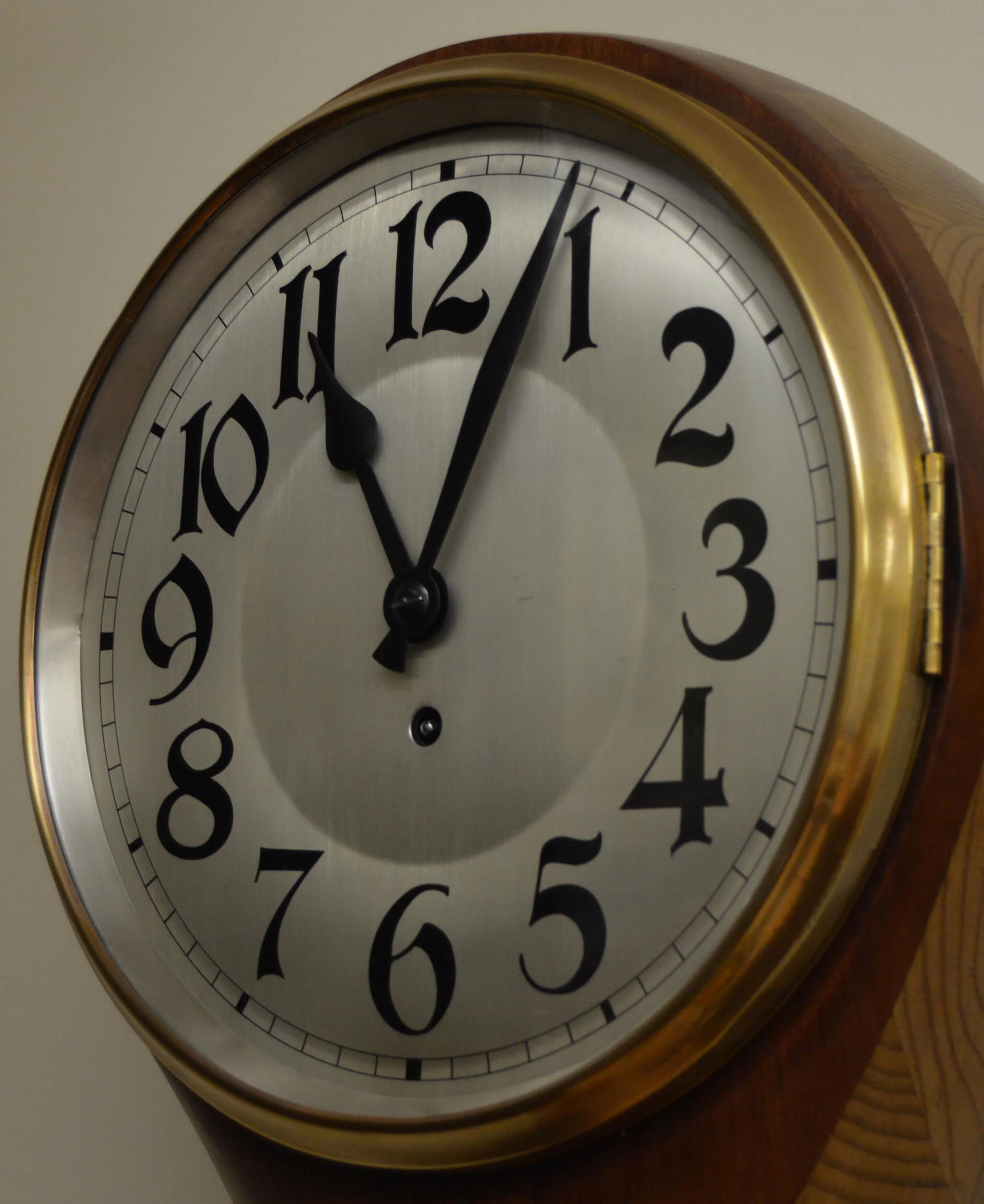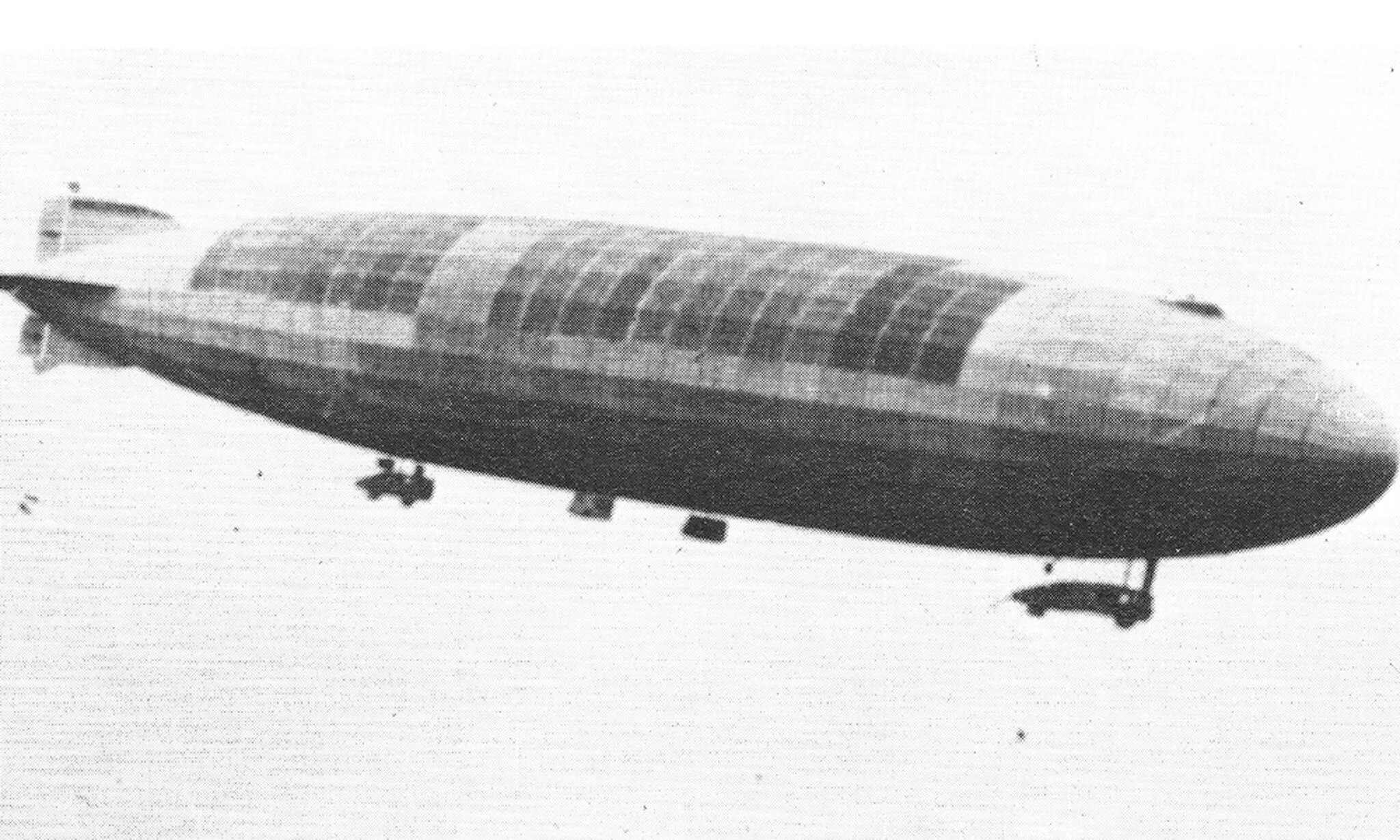
It's the evening of September 23rd 1916 and the Black Swan public house on the corner of Bow Road and Bromley High Street was winding down after the usual bustle of a Saturday evening. The landlords two daughters Cissy and Sylvia were just finishing cleaning up when they heard the sirens……….
Zeppelin L33 a German dirigible of massive construction was raiding England that night. It had begun its raid in the late afternoon under the command of Kapitanleutnant der Reserve Alios Bocker and was one of 12 navy airships led by Heinrich Mathy in command of L31.
They had taken a route over the southern English coast to capitalise on a strong tailwind picking up speed and hoping to be helped past the worst of the flack as they approached London.
L33 dropped several incendiaries over Upminster setting fire to a lumber yard and an oil depositary. The anti-aircraft guns returned fire and L33 sustained a direct hit when a British shell exploded directly inside one of the hydrogen cells. For some reason, the gas failed to ignite and began to escape. The aircraft had been travelling at around 13000 feet but now began to rapidly lose altitude. In an attempt to regain control the crew shed as much weight as they could by jettisoning the water ballast before proceeding to drop all its remaining bombs on Botolph Road, Bow Road and Bromley at around midnight. Amongst other buildings, a row of houses was destroyed killing six people.
As L33 made its way towards Chelmsford it came under brief fire from a BE2c piloted by RFC pilot 2nd Lt Alfred de Bath Brandon, MC. He had been shadowing the airship before the exchange however no further damage resulted.
Despite the crews best efforts, L33 was forced to land at around 1:15 in fields near New Hall Farm Cottages.
Bocker ordered his crew to destroy the ship to prevent the technology from falling into enemy hands. They set fire to the sensitive documents on board by pouring fuel into the control gondola. They then fired a flare into the remaining hydrogen hoping it would ignite. It didn’t. It merely leaked out in a giant candle-like flame into the sky.
The crew then marched away with the intention of making it to the docks. Along their way, they were approached by Special Constable Edgar Nicholas. Bocker (in perfect English) informed Nicholas that they were on a special mission and even asked him how far it was to Colchester.
Nicholas continued to follow the group before on reaching Peldon he was joined by Special Constable Elijah Taylor and Sergeant Ernest Edwards The group were escorted to Peldon police station where they were arrested by PC Charles Smith.
In the early hours of the 24th, a doctor had attended the birth of a little girl at one of the cottages near the crash site. On leaving the hose and seeing the wreck he is reported to have told the mother, a Mrs Clarke, that she should call the little girl Zeppalina – she did!
Unfortunately, the Black Swan took a direct hit that night killing both Cissy and Sylvia. It was rebuilt in 1920 before being pulled down later in the century.
I came to look into the history of L33 following recently handling a most unusual clock. The clock itself is quite basic, a single train movement typical of the brand HAC. The interest is in the case which is made from a re-purposed propeller - trench art. The propeller bears a plate reading 'L33 Sept 1916'.
It just goes to show how much history can be carried by such a modest object as a clock.
Further reading:
http://www.trenchartofww1.co.uk/zeppelin_souvenirs_49.html
https://en.wikipedia.org/wiki/German_strategic_bombing_during_World_War_I















